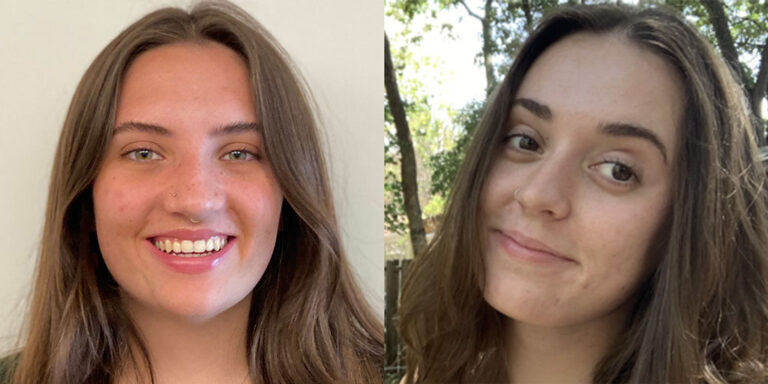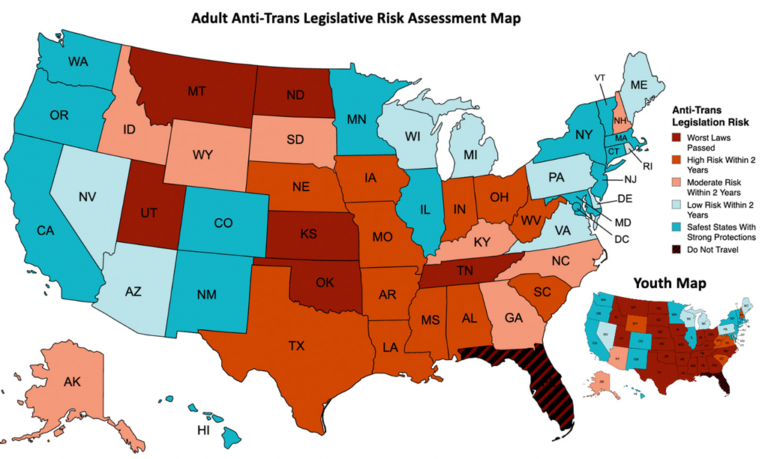Why We Join the AAG
 In just a few days, many of us will be in Tampa for the AAG annual meeting. We will be beneficiaries of the months of intense effort by the AAG central office to plan for, and execute, a seamless meeting for thousands of attendees. At the same time, each of us will contribute to the success of this meeting, and to the AAG more broadly, through our scholarly presentations and dialog, and also through our volunteer activities. The latter includes participation in AAG specialty groups and our service on the numerous AAG standing committees and editorial boards, many of which will be meeting in Tampa. I would like to explore in this column our position as both beneficiaries of, and contributors to, the AAG and the reasons why we should be AAG members.
In just a few days, many of us will be in Tampa for the AAG annual meeting. We will be beneficiaries of the months of intense effort by the AAG central office to plan for, and execute, a seamless meeting for thousands of attendees. At the same time, each of us will contribute to the success of this meeting, and to the AAG more broadly, through our scholarly presentations and dialog, and also through our volunteer activities. The latter includes participation in AAG specialty groups and our service on the numerous AAG standing committees and editorial boards, many of which will be meeting in Tampa. I would like to explore in this column our position as both beneficiaries of, and contributors to, the AAG and the reasons why we should be AAG members.
In my July column, I focused on the newly-initiated AAG long-range planning effort and the challenges currently facing scholarly societies. I referenced several recent surveys of what individuals expect from their membership in a scholarly society. In response to that column, my colleague Judy Olson, a past president of the AAG, shared with me a conversation she had a number of years earlier with Susan Hanson, another AAG past president, on the rationale for membership in scholarly societies. Susan had argued that a scholarly society is an important component of the infrastructure of a discipline, and that scholarly societies represent and promote a discipline in ways not possible by individuals alone. Thus, we should join scholarly societies to support our discipline, not necessarily to meet our individual needs. To quote Judy, “it is not just about what the member personally gets out of their membership, but what the member is supporting.” As we prepare for the excitement of the annual meeting, this is an opportune time for each of us to take stock and ask ourselves: Do I view my membership in the AAG as primarily supporting the discipline of geography or as a professional development opportunity for myself? Am I willing to continue participating in the AAG even if future personal benefits may appear to be modest due to changing career circumstances or life stage?
One reason that some geographers may not see the AAG as part of the infrastructure of our discipline, or comprehend their responsibility in supporting this infrastructure, is that they simply are not familiar with the many activities and initiatives of the AAG. One advantage of serving in AAG governance over the past two years is that I have been able to interact with most of the AAG staff and learn more about their roles and contributions. I have been very impressed. The AAG staff are consummate professionals, who approach their jobs with creativity and dedication, and who have achieved considerable success. For example, the AAG’s education program compares favorably with those of other professional societies. The AAG staff in this area have garnered considerable external funding to support their efforts and have worked cooperatively with geographers from the U.S. and internationally to develop innovative K-12 and university-level educational materials and workshops. The AAG has also developed numerous initiatives to increase the participation of underrepresented groups within the discipline, and sponsors workshops for new faculty and department chairs to help ensure the ongoing strength and visibility of our disciple and maintenance of “healthy” departments. Innumerable geography students and young professionals have taken advantage of the AAG Jobs & Careers Center, which in turn benefits the discipline as a whole. The AAG has recently expanded its public policy outreach and has been actively engaged in efforts to reduce threats to federal funding for the social sciences and to promote funding for K-12 education, including the promotion of a AAG resolution on the advancement of geography education that has been endorsed by U.S. Secretaries of State and Defense, many governors, and others. The AAG also expertly represents the discipline of geography in the complex and ongoing discussions of GIS accreditation and certification. The AAG seeks to promote the importance of geographic thought, theory, and practice to other disciplines and federal agencies, and only last month was invited to provide a presentation and webinar on the role of geography and GIScience in health research to program officers at the National Institutes of Health. All the while, the AAG continues to play a major role in communicating geographic research, organizing the largest professional meeting of geographers worldwide, and publishing leading journals in the discipline.
As we acknowledge the many accomplishments of the AAG staff, we also need to keep in mind that, no matter how great the staff, the AAG is in essence a volunteer organization, and we, as AAG members, need to step up to this responsibility. I have had the opportunity to observe truly remarkable contributions by members in support of the Association, but many members remain relatively uninvolved. The continued success of the Association requires that we all acknowledge our responsibilities and not just rely on the AAG staff to provide the services we expect or demand from a scholarly society. We, too, need to work to strengthen the organization, and must lend our insights and creativity to the Association. If there are aspects of the AAG that we feel need improvement, rather than only critiquing, we are responsible for identifying alternative approaches, carefully weighing their strengths and limitations, and working with AAG governance and staff in a professional and constructive manner to make change happen. Also, dedicated service, whatever the form that takes and even though time consuming, should be an expectation of all members. Furthermore, as members, we in effect “own” the Association, and as responsible owners we must keep abreast of the activities and new developments of the AAG, and also the challenges that the AAG, like any scholarly society, faces.
While in Tampa, I encourage you to seek out the AAG staff and personally thank them for their exceptional service to our scholarly society. I also encourage you to participate in the several sessions on the future of geography and the AAG including the session titled “Conversation on the Future of Physical Geography,” and the special session on the AAG’s Long Range Plan (see the meeting program for dates and times). Also, seek out members of the AAG Council, standing committees, and specialty group board of directors and share with them what you think is going well and what might be improved. And look around the meeting and consider how you might become more involved in the AAG, how you can become an “owner.”
Again quoting Judy Olson, “We believe in what our organizations represent out in the wider world, not just in our own little sphere. That’s the number one reason to be part of our professional organizations.”
Enjoy Tampa!
Julie Winkler


